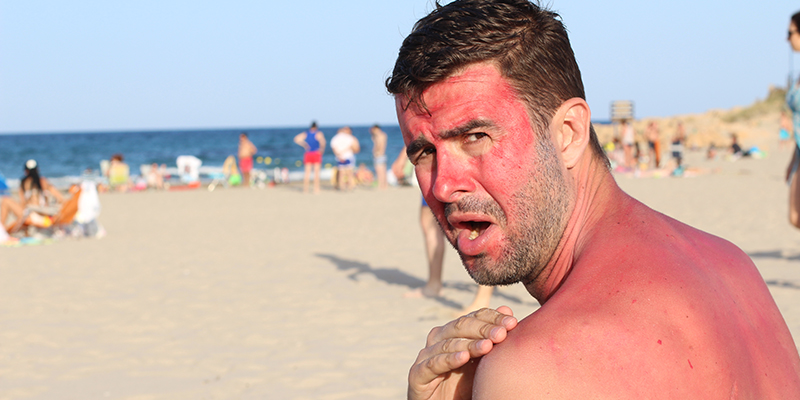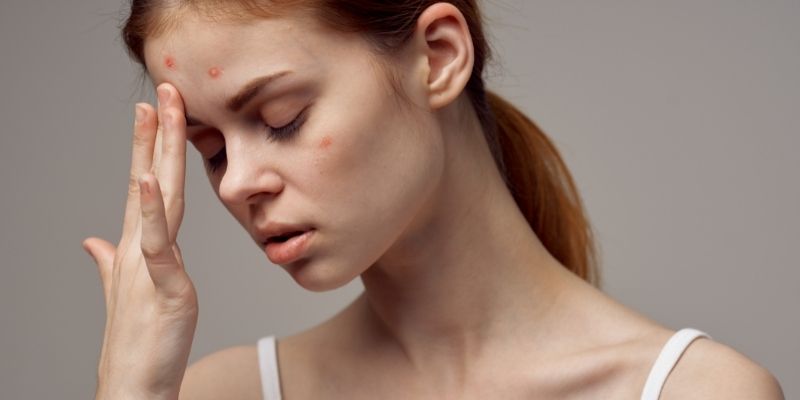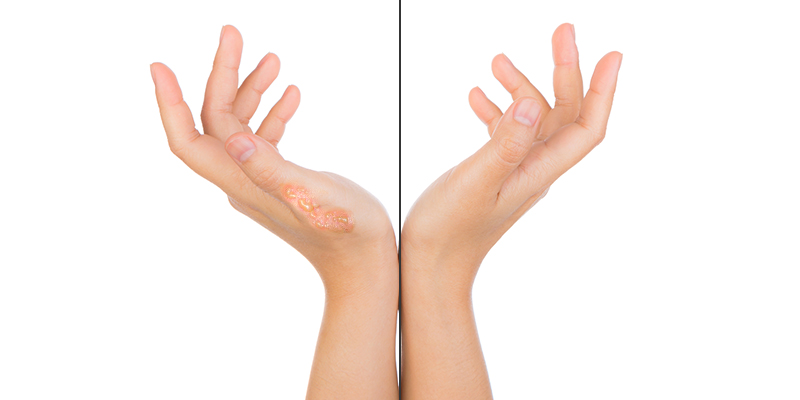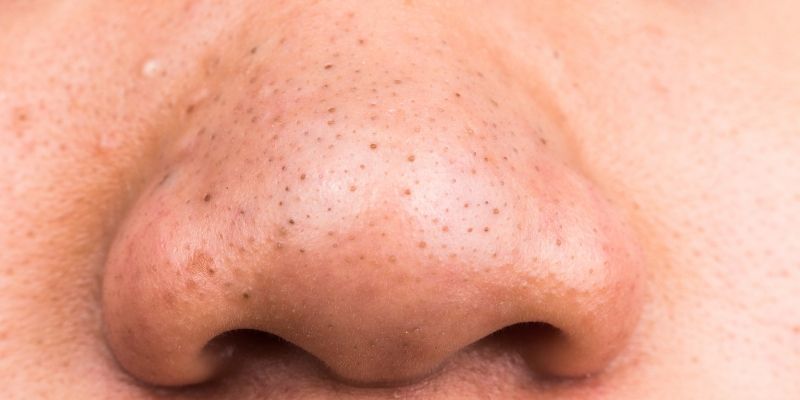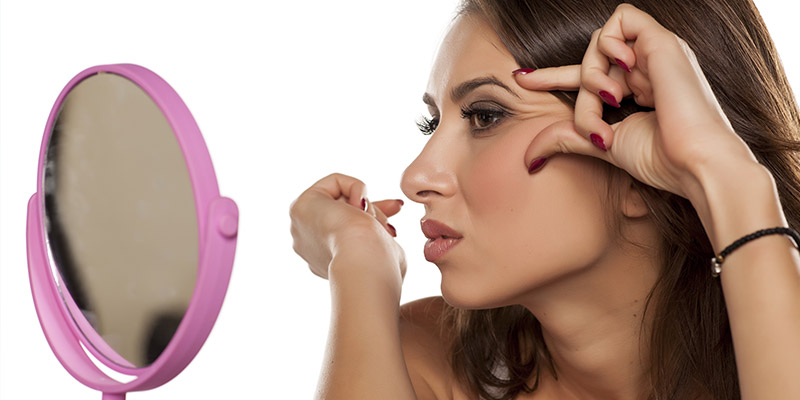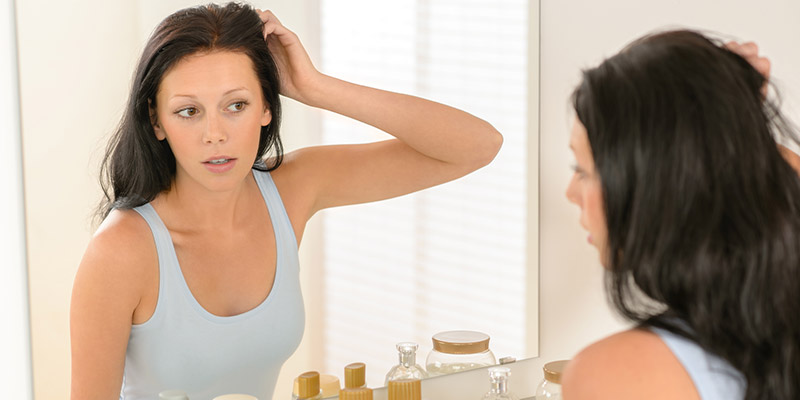What’s Sunburn And How To Treat It Effectively?
Residing in a tropical hot and dry climate has its advantages in terms of outdoor avenues all year round. But sometimes the good can turn ugly if you don’t wear enough sunscreen and protect your skin from displeasing sunburn. Sun bathing is fun and you certainly need your daily dose of Vitamin D however excessive sun exposure is dangerous and it can damage your skin in multiple ways.
What Is Sunburn?
Sunburn as the name suggests, is your skin’s response to extreme sun exposure thereby leading to inflammation and redness. Sunburn is caused by the harmful UV rays and any skin change such as a tan or any other colour is also the reaction to UV exposure. The redness on the skin is associated with sunburns as natural occurrence caused by extra blood capillaries.
Must Read: How To Remove Sun Tan From Skin?
What Causes Sunburn?
Sunburn is evidently caused by sun rays, but the detailed explanation behind your aching sunburn is a little more complicated than you think. Long duration of sun exposure will cause your skin to burn, turn bright red (or dark brown) and start to show symptoms.
All these different reactions are due the three wavelengths –
- UVA
- UVB
- UVC
However, UVC light does not reach the Earth’s atmosphere unlike UVA and UVB rays. Skin damage and especially sunburn is caused due to the UVA and UVB rays.
Skin does burn if you have been lounging under the sun for too long, but more often than not, sun damage is not always visible. The damage takes place under the skin where the ultraviolet rays alter your DNA and cause premature aging of your skin. With time, the damaged DNA will contribute to skin cancer, including melanoma.
When it comes to how soon you can burn your skin depends entirely on –
- Your ethnicity/ race – Lighter skinned people get sunburn faster than people with darker complexion.
- The sun’s intensity – The sun is hottest at noon, compared to other times.
- The duration of sun exposure – 5 minutes of sun exposure is not as harmful as 60 minutes of sun exposure.
Sunburn Signs And Symptoms
Sunburn shows up in more ways than just scorched skin. Here are mild, moderate and severe sunburn symptoms and treatments must begin immediately to prevent further damage. Here are some ways to tell if you have sub burnt your skin and to what extent –
Mild to moderate:
- Reddening and inflammation of the skin
- Itchiness and burning of the affected area
- Irritation of the skin
- Skin gets too sensitive to even touch
- Skin gets warm as well
Moderate to severe:
- Blistering
- Severe pain and burning
- Headache
- Dehydration
- Fever
- Mental instability
- Chills and nausea
- Fainting and dizziness
- Vomiting and body weakness
Must Read: What Causes Skin To Tan?
How To Treat Sunburn?
Sometimes venturing out and having your skin exposed to direct sun rays are inevitable. Effective treatments for sunburn include –
- Chemical Peels – Plant extract based chemical solutions are used for controlled exfoliation of the skin, removing upper deformed layers of the skin along with sunburn. The chemical compositions of peeling agents are determined by the dermatologist based on the evaluation of your skin. This helps in bringing rejuvenated and clear skin from beneath and also gives a refreshed look to your skin.
- Laser Resurfacing – Controlled beam of light is used to target the deformed skin layer (with sunburn) and it helps in removing the sunburnt skin thus bringing newer collagen production. This gives rise to newer skin from beneath and helps in removing the displeasing and painful sunburn from.
How To Get Rid Of Sunburn Naturally?
- Stay indoors – If you already have sunburnt your skin, then please avoid more sun exposure. Stay indoors for the next 1-2 weeks to heal the skin and reverse the damage done by the sun rays.
- Take a cool bath – Sitting in a tub of cool water will certainly soothe your burning skin. Try to avoid showers as the high exerted water pressure will irritate and cause more pain to your skin. If you don’t wish to take a bath, then dampen a towel with cool water and wrap your skin in it.
- Moisturize heavily – Sunburn can dehydrate the skin and cause it to crack. Use a moisturizer prescribed by a dermatologist to hydrate and soften the skin.
- Don’t touch or poke – If your skin is sunburnt, then it will blister and peel. Do not poke or scratch these blisters or attempt to peel the skin. Such actions will create more damage and can even scar your skin permanently.
- Hydrocortisone cream – This is a useful medication used to calm down inflammation and itching. Do not self-medicate and use them under the supervision of a doctor.
- Rehydrate – Drink plenty of water after a sunburn. Sun rays can evaporate the moisture content in your skin, which means you will have to rehydrate the skin internally (and externally). Drink up to 3-4 liters of water throughout the day to help overcome sunburn.
- Pain killers – You will most likely endure other kinds of pain besides a sunburn. Ask your dermatologist for a suitable painkiller to help overcome any fatigue or headache you may be experiencing.
Must Read: How To Remove Dark Spots On Face?
Prevention Tips For Sunburn
There are many ways to prevent and avoid sun damage. Before you step outside, be sure to follow these helpful tips to prevent getting a sunburn –
- Wear skin-covering clothes along with a hat/cap, gloves and a scarf. Covering your skin will certainly prevent sun rays from directly falling onto your skin. Do not forget to protect your eyes by wearing sunglasses.
- Do not leave your home without applying sunscreen. Ask your dermatologist for a sunscreen that suits your skin type and condition. Make sure the sunscreen can protect your skin against UVA/UVB rays and has SPF above 30. Always reapply the sunscreen every 2 hours to ensure the protection shield is impenetrable.
- Wear sunscreen whilst swimming or using tanning beds.
- The sun is the strongest between 10am to4pm. Try to avoid stepping out during this time in order to prevent a sunburn.
- If you are outside, then try to walk under shaded footpaths and use an umbrella to safeguard your skin from the sun rays.
Basking under the sun is wonderful, but try not to damage your skin or get sunburnt. Sunburns must be avoided as they can leave an everlasting damage or even result in melanoma or skin cancer. If you are suffering from a sunburn, then visit your dermatologist immediately and opt for a holistic treatment.




